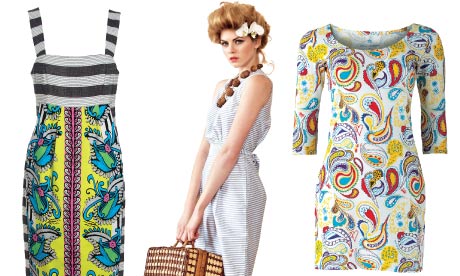The Importance of Ethics in Fashion
The fashion industry has grown out of a type of consumerism which is distinguished from others because of its lack of necessity. For this reason, and others, it’s long been seen as one of the least ethical industries around. Not only that, but many of the production processes behind producing clothing, footwear and jewellery have fallen into disrepute, as illegal labour practices come to light and sacrifices – such as the lives of both humans and animals – are made in the name of beauty.
The Evolution of Ethics
In modern times, however, the fashion industry has become more aware of its own responsibilities in terms of adhering to ethical business practices which not only strive to avoid damage, but actively work to heal certain aspects of the world we live in. And since fashion products are so often made by people in developing countries, it’s often the case that these ethical practices involve giving something back to the communities from which our clothes and jewellery originate.
How Can Ethical Fashion be Achieved?
This commitment to community can be achieved in many ways. Fair wages, improved living conditions and free access to education all tend to be issues in developing countries. Because of this, companies such as Gemporia strive to both inspire and support through a system of fair business and community involvement. Educational programs and fair wages, combined with good quality working conditions, go a long way to supporting workers who live in countries where these practices are neither a given, nor necessarily a right. If you’re interested, you can visit Gemporia’s website at www.gems.tv for more information about the work they do with The Colourful Life Foundation.
The Role of Sustainability
In addition to ethical practices for people, the fashion industry is now beginning to take seriously the role it plays in global sustainability. Recycled and repurposed materials have all begun to play a large role in fashion, particularly at grass roots level where vintage has become one of the hottest trends of the 21st century so far.
This growing commitment to what’s known as ‘eco fashion’ can been observed in every step of the design and manufacture process, from the use of organic yarn to consumer incentives for cutting carbon footprints. Perhaps most importantly is the fact that designers are now incorporating sustainable practices into trend-led garments, which has opened the sustainable market up to a wider audience.
